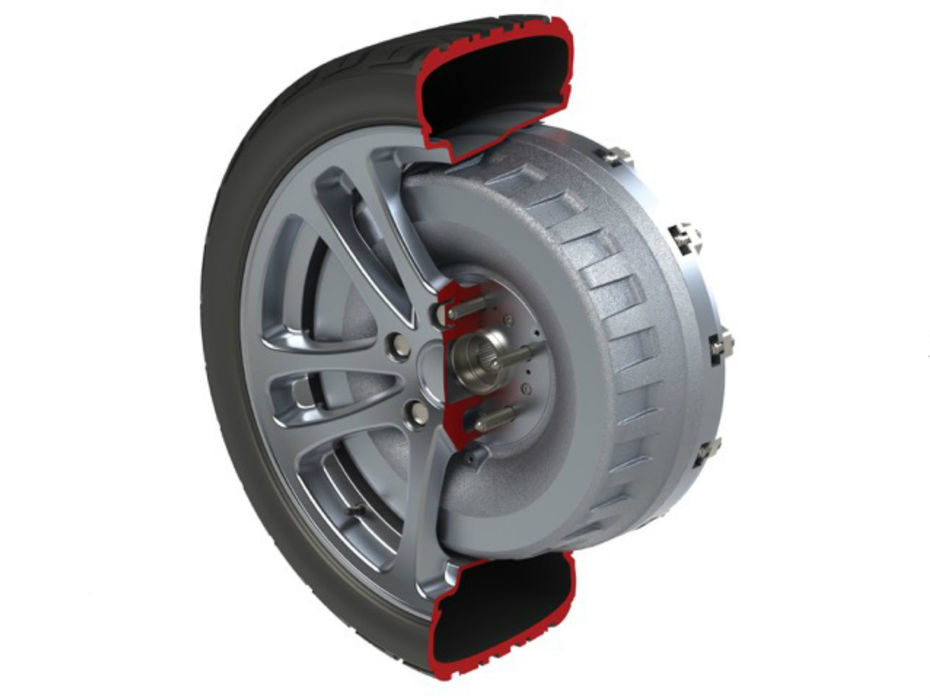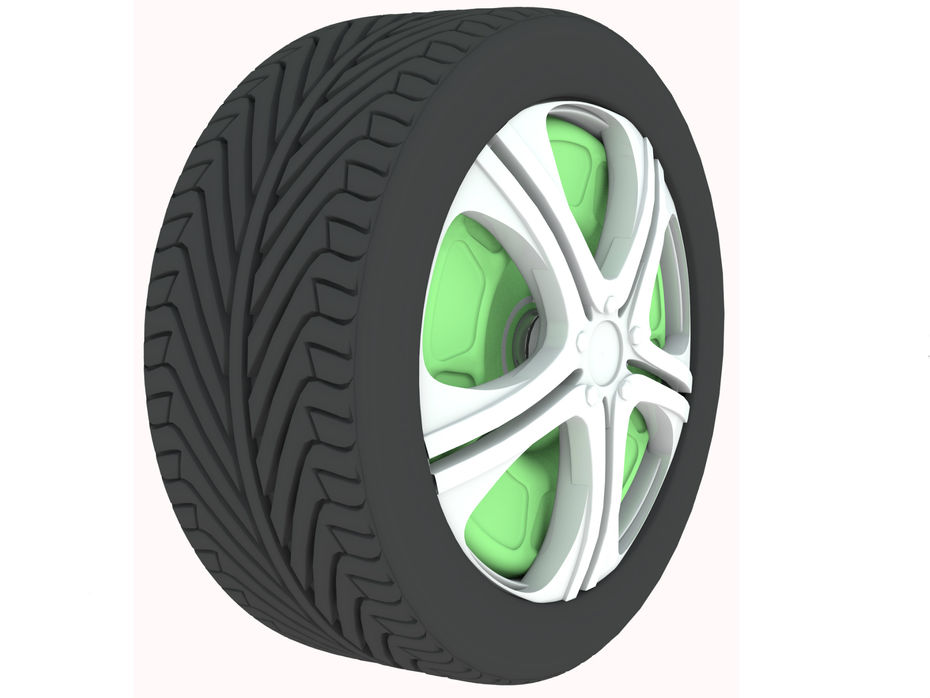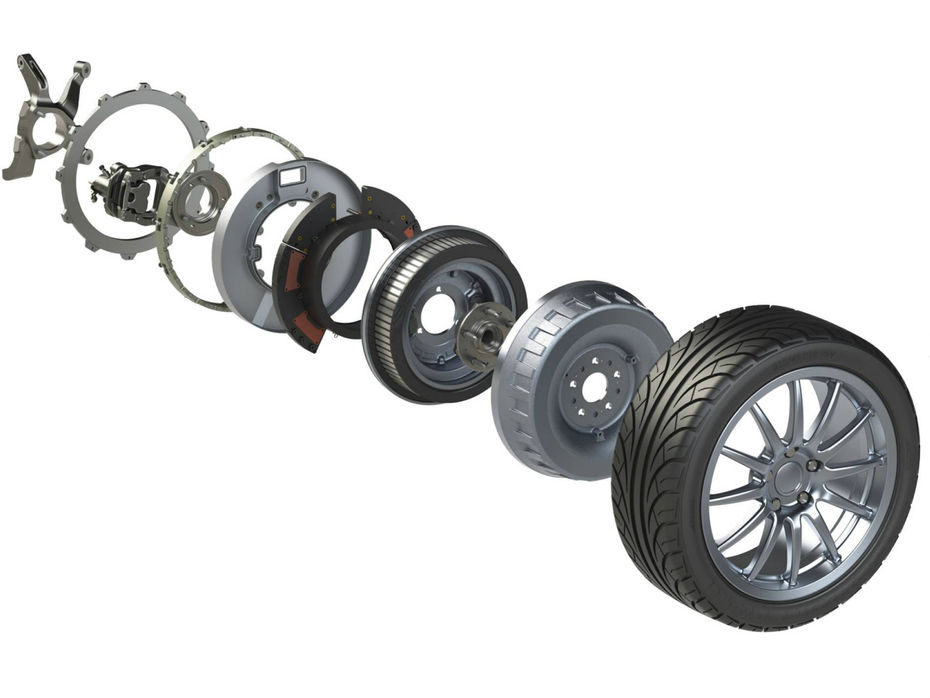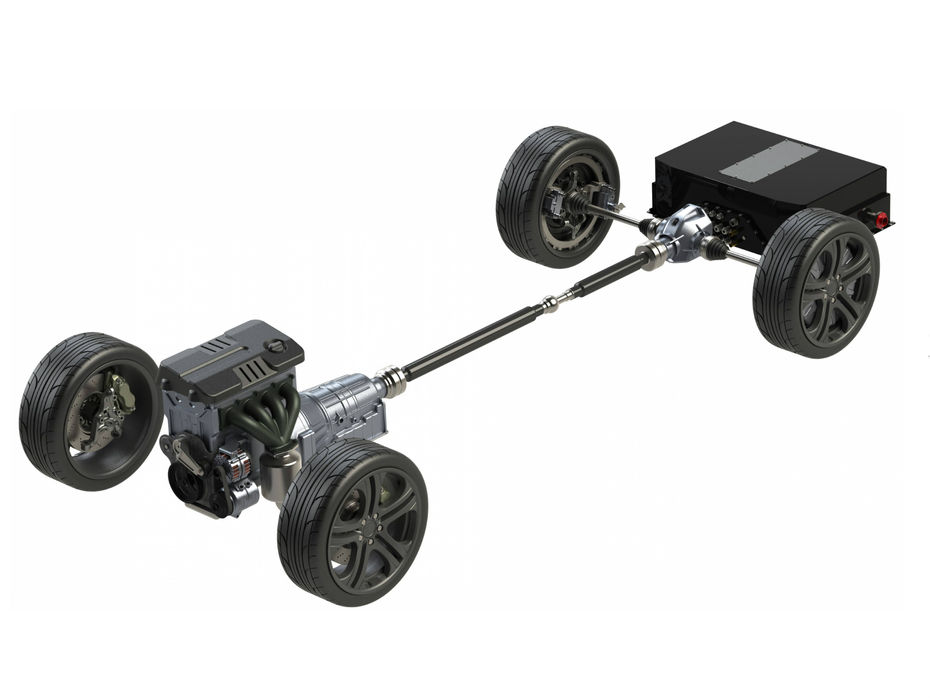
Nissan’s Brain-To-Vehicle Technology Seems Straight Out Of A Sci-fi...
- Jan 4, 2018
- Views : 6993


Progress is often measured by how small things have become. Be it the microchip in your smartphone or the engine in your car, extracting more from less has always been the milestone. And when it comes to electric mobility, the area of focus has been on shrinking the size of batteries so that we can carry more. But is that the only way?
Well, the white suits at Protean Electric are working on something radical. You see, it doesn’t matter whether a car is an electric, hybrid, fuel cell, IC or from the Flintstones era, the thing that gets it moving forward are its wheels. Ideally, the drive from the power source is sent to the gearbox, which distributes it among the wheels, with losses. But, what if we make the wheels themselves the power source?

The Protean Drive system is exactly that. Instead of installing an electrically motor centrally, the same is built into the wheels. They have been able to build compact in-wheel motors with an integrated inverter, control electronics and software, which can power individual wheels. Thus, this technology can be used as a hybrid to help IC engines, make an existing 2WD car 4WD or into an all-electric vehicle. This system can also be used in existing cars as an aftermarket fitment to convert a standard car into a hybrid. The rotor here is on the outside and the stator on the inside. Apart from that, it is a conventional AC motor.
Let's talk numbers. Each motor of the Protean Drive can deliver 110 PS of power and a massive 800Nm torque. The system was added to a Brabus E-Class sedan, which, with the help of the Protean Drive, managed a 0-100kmph time of 7.4 seconds.

Now, I know the doubt in your head -- motors are heavy and this will make the wheel weigh a ton. But no, the total weight of an assembly is just 31 kg. Yes, this is still a lot more than a conventional lightweight alloy but Protean say that the suspension can be set up in a way that this additional unsprung mass doesn't affect the dynamics of a car. This tech is valid for two-wheelers as well, with a similar kind of construction.

The Protean Drive can be installed in a conventional 18- to 24-inch wheel without altering the original wheel bearing. It eliminates the use of drivetrain components such as external gearing, transmissions, driveshafts, axles and differentials. Also, since there are considerably low drivetrain losses, there is more energy harnessed from regenerative braking and the battery packs themselves. Since each of the motors can be controlled industrially, there is greater control in the hands of the manufacturers to improve the dynamic ability of the car with traction control, launch control and torque vectoring.
It's hard to say whether or not this tech will be picked up by manufacturers, but knowing that there are people out there thinking outside the box makes me believe that there is more than what meets the eye in electric mobility.

Nissan’s Brain-To-Vehicle Technology Seems Straight Out Of A Sci-fi...

China Stops Production Of 553 Car Models Over Low Fuel Efficiency

Exicom To Install 125 EV Chargers For EESL

Renault Extends Standard Warranty On Kwid, Triber, And Kiger To 3...

Is The Kia Syros More Compelling Than The Best-selling Hyundai Creta?

Auto Expo 2025 - All You Want To Know About The Hottest Auto Show!

Hyundai Creta Electric REVEALED Ahead Of Auto Expo 2025! Here’s...

Upcoming Maruti Suzuki Cars Expected In 2025: e Vitara, Baleno...

Here Is The List Of All Tata Cars Likely To Be Launched In 2025

Mahindra BE 6 Launched: Price For The Top-spec Variant Is Out!
India's largest automotive community
 No More Diesel-iMT Powertrain In India, As Kia Discontinues It For The Sonet, Seltos And Carens
No More Diesel-iMT Powertrain In India, As Kia Discontinues It For The Sonet, Seltos And Carens
 Hyundai Creta Electric: Things You Get With Each Of Its 5 Variants
Hyundai Creta Electric: Things You Get With Each Of Its 5 Variants
 Here Are Some Adrenaline Pumping Experiences From Auto Expo 2025 That You Should Not Miss!
Here Are Some Adrenaline Pumping Experiences From Auto Expo 2025 That You Should Not Miss!
 All You Need To Know About The Surprise Element At Auto Expo 2025: BMW iX1 LWB
All You Need To Know About The Surprise Element At Auto Expo 2025: BMW iX1 LWB
 Vayve Mobility Eva
Rs. 3.25 Lakh
Vayve Mobility Eva
Rs. 3.25 Lakh
 BMW X3
Rs. 75.80 Lakh
BMW X3
Rs. 75.80 Lakh
 Hyundai Creta Electric
Rs. 17.99 Lakh
Hyundai Creta Electric
Rs. 17.99 Lakh
 Lotus Emira
Rs. 3.22 Crore
Lotus Emira
Rs. 3.22 Crore
 Lotus Emeya
Rs. 2.33 Crore
Lotus Emeya
Rs. 2.33 Crore